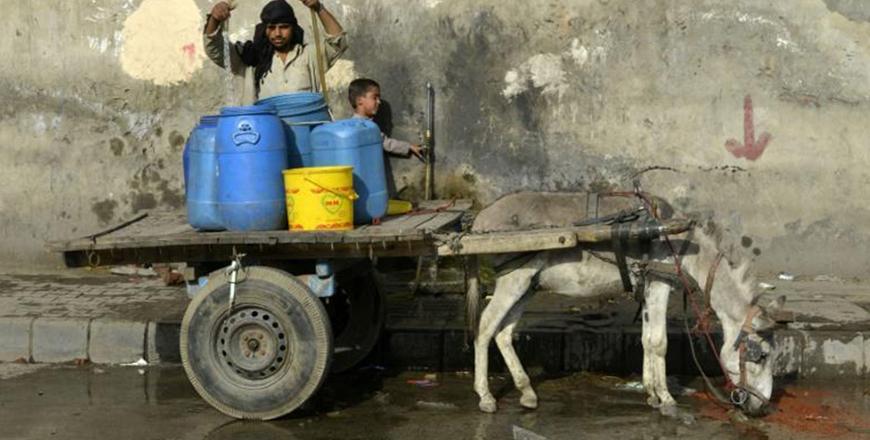You are here
Cold weather is much deadlier than extreme heat
By Los Angeles Times - Jun 01,2015 - Last updated at Jun 01,2015

Photo courtesy of lifehacker.com
Extreme heatwaves like the one that killed more than 70,000 Europeans in 2003 may be the most visible examples of deadly weather, but cold days actually cause more deaths than hot ones, a new study says.
After examining more than 74 million deaths that occurred in 13 countries from 1985 to 2012, researchers calculated that 7.3 per cent of them could be attributed to cold weather and 0.4 per cent to hot weather.
In another counterintuitive finding, extreme weather — either hot or cold — was responsible for only 11 per cent of the weather-related deaths, according to the study recently published in the journal Lancet.
“Heat stroke on hot days and hypothermia on cold days only account for small proportions of excess deaths,” the international research team wrote.
The researchers collected daily data on weather conditions, air pollution and deaths from 384 cities around the world. For each city, they calculated the temperature at which deaths were least likely to occur. All other days were compared to days with this “optimum” temperature.
In all countries, the optimum temperature was close to the upper end of all temperatures recorded there. In the United States, for instance, 84 per cent of days were colder than the optimum temperature and 16 per cent were warmer. At one end of the spectrum, 93 per cent of days in Sweden were below the optimum temperature and 7 per cent were above it. At the other end, Brazil had 60 per cent of days below and 40 per cent of days above its optimum temperature.
The 2.5 per cent of days that were the very coldest in each location were considered extremely cold and the 2.5 per cent of days that were hottest were examples of extreme heat.
Then, for each day in each city, the researchers tallied the deaths and used statistical methods to figure out how many of those deaths could be blamed on the weather.
With the bulk of the days in all areas being below the ideal temperature, days rated cold but not extremely cold were blamed for the most deaths — 6.7 per cent during the study period.
Extreme cold was responsible for about 10 per cent of all deaths on cold days. However, extreme heat was responsible for about half of all deaths on hot days.
Although the study included data from a range of nations — Australia, Canada, China, Italy, Japan, South Korea, Spain, Taiwan, Thailand and Britain were also included — no countries from the Middle East or Africa were represented. That means the results don’t necessarily apply everywhere.
Still, the findings should prompt public health officials and other policy makers to rethink their approach to weather events, the study authors wrote.
“Public health plans have implemented policies and interventions designed almost exclusively for heatwave periods,” they wrote. “Our results suggest that public health policies and adaptation measures should be extended and refocused to take account of the whole range of effects associated with temperature.”
Related Articles
NEW DELHI — India’s capital New Delhi is shivering through an unusually harsh bout of winter cold, blamed for killing scores of homeless peo
PARIS — Searing, unrelenting heat scorches large swathes of the Earth, killing millions who have no means to escape.
PARIS — The number of extreme hot days and nights in the Northern Hemisphere could quadruple by the end of the century even if humanity brin


















